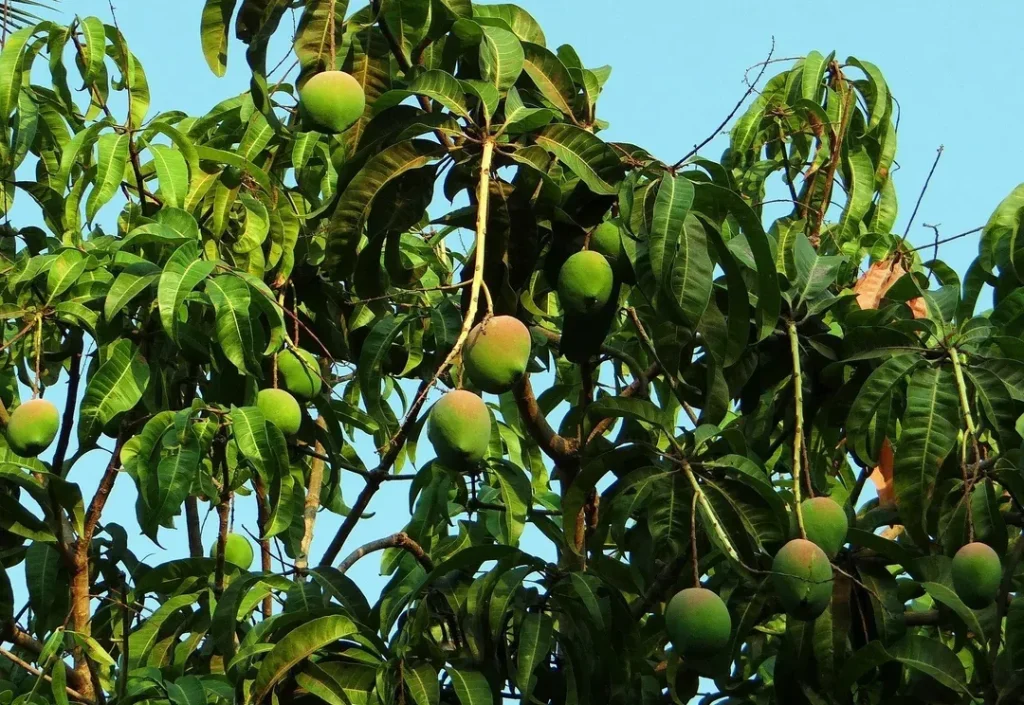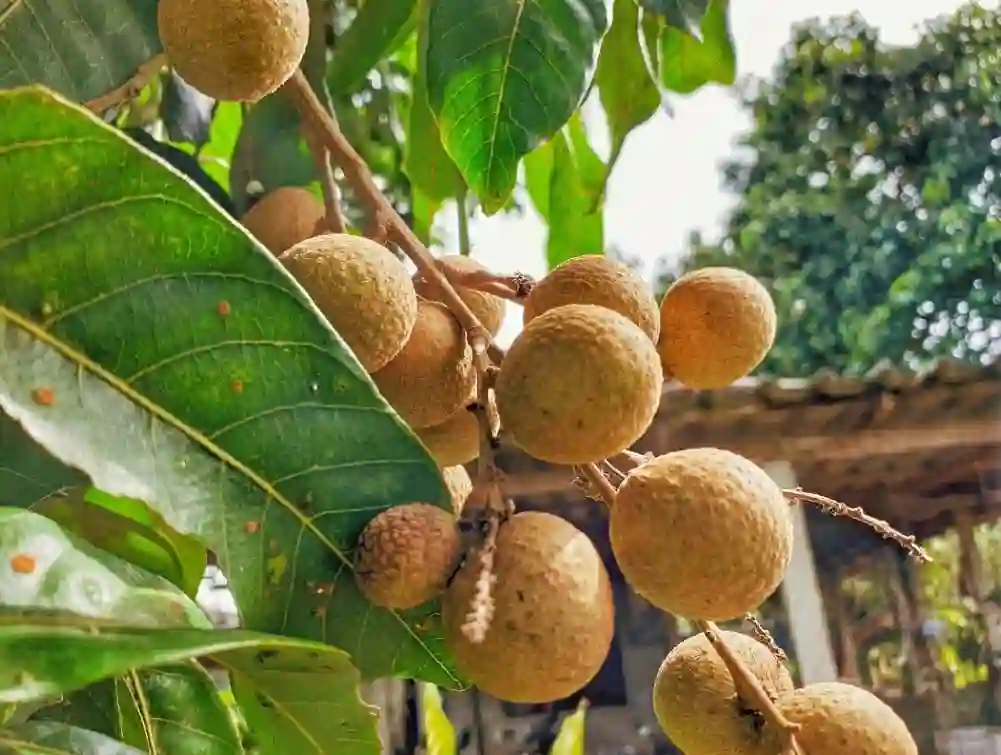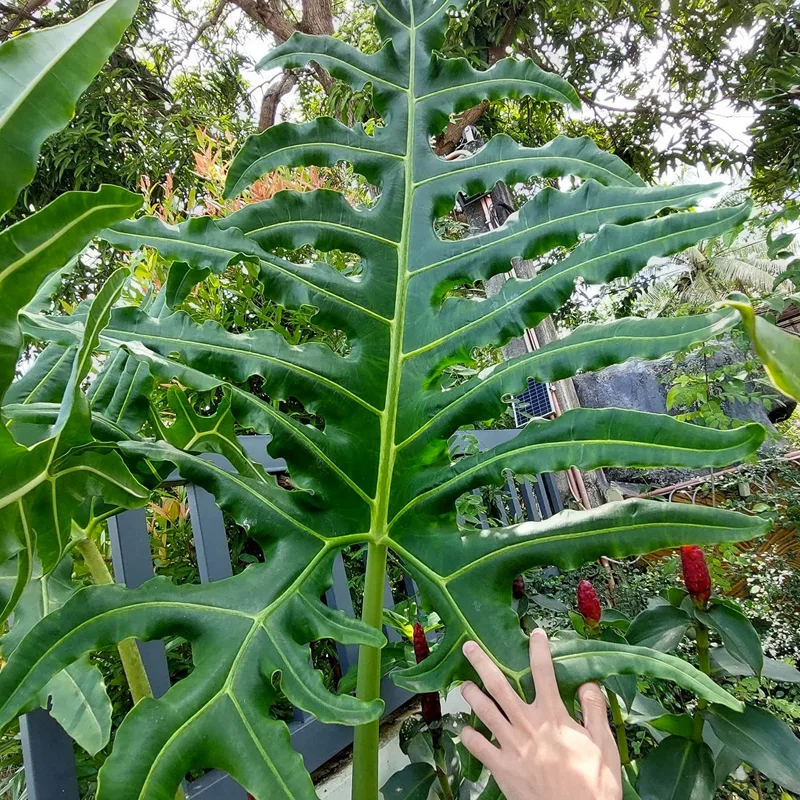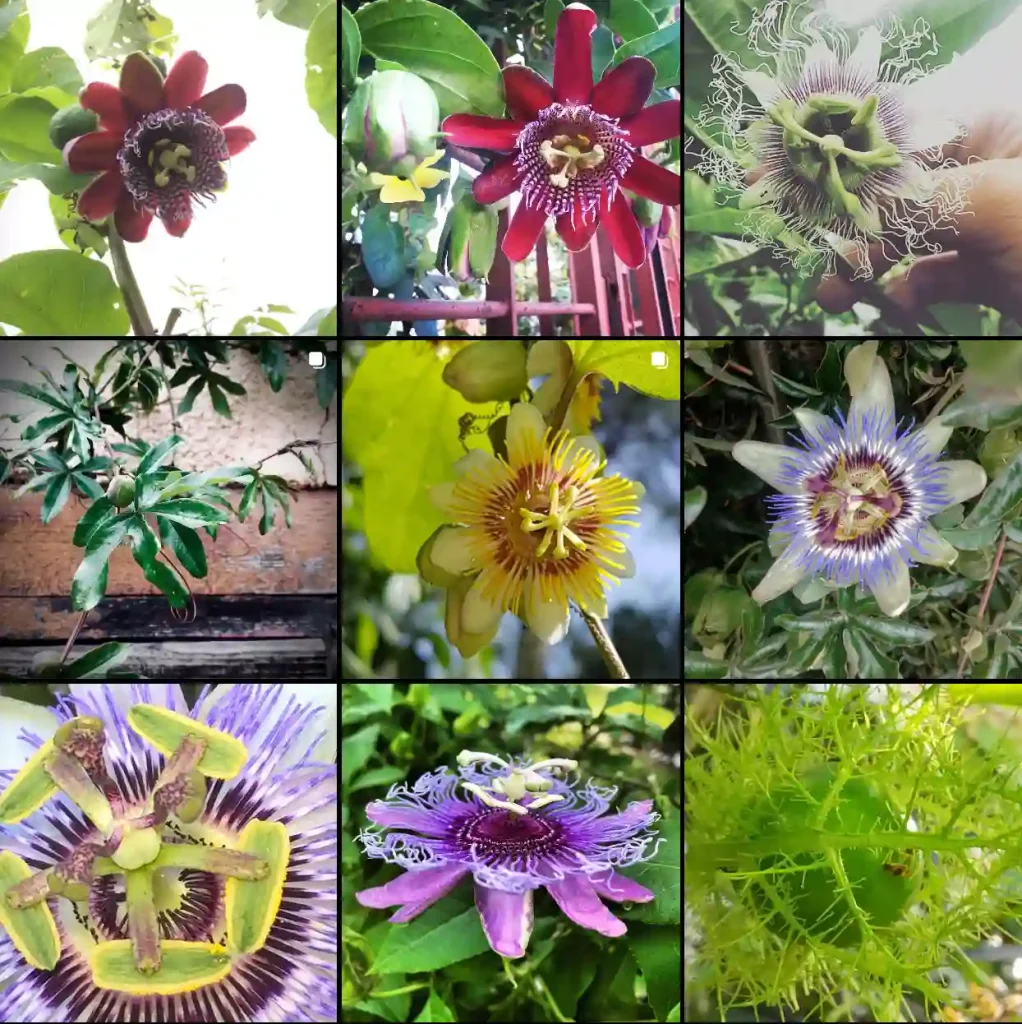FAQs About Crocosmia Crocosmiiflora: What You Need to Know
As an avid gardener, I’ve had my fair share of experiences with various plants, and Crocosmia Crocosmiiflora has certainly been one of my favorites. This striking plant, often referred to simply as Crocosmia, is known for its vibrant flowers and dramatic appearance. Here’s a comprehensive guide based on my experiences to help you understand everything you need to know about Crocosmia Crocosmiiflora.
9 Species in Genus Crocosmia
What is Crocosmia Crocosmiiflora?
Crocosmia Crocosmiiflora, also known as Montbretia, is a perennial flowering plant native to South Africa. It’s admired for its sword-like foliage and brilliant orange, red, or yellow flowers that bloom in late summer. The plant grows to about 2-3 feet tall and spreads by corms, which are similar to bulbs. Its vibrant blooms and arching leaves make it a standout in any garden.
How to Care for Crocosmia Crocosmiiflora?
Caring for Crocosmia Crocosmiiflora is relatively straightforward, but here are a few tips from my personal experience:
- Sunlight: Crocosmia thrives in full sun. Aim for at least 6 hours of direct sunlight per day to ensure the best flowering and robust growth.
- Soil: Well-drained soil is crucial. I’ve found that Crocosmia prefers slightly acidic to neutral soil. Adding compost or well-rotted manure can improve soil fertility and drainage.
- Watering: Regular watering is essential, especially during dry periods. However, avoid waterlogging as this can lead to corm rot. I water once a week during dry spells, ensuring the soil remains moist but not soggy.
- Fertilization: A balanced fertilizer applied in early spring helps promote healthy growth and flowering. I use a general-purpose fertilizer, following the instructions on the package for best results.
- Winter Care: In colder regions, mulch the base of the plants with straw or leaves to protect the corms during winter. In milder climates, Crocosmia can remain in the ground year-round.
How to Propagate Crocosmia Crocosmiiflora?
Propagation of Crocosmia Crocosmiiflora is best done through corm division or seed. Here’s how I’ve approached each method:
- Corm Division: In late fall or early spring, dig up the corms after the foliage has died back. Separate the corms and replant them 3-4 inches apart. This method is usually more successful and faster than growing from seeds.
- Seed: If you prefer growing from seeds, sow them indoors 6-8 weeks before the last frost. Transplant the seedlings outdoors once they’re strong enough and after the danger of frost has passed.
What to Plant with Crocosmia Crocosmiiflora?
Crocosmia’s bright colors make it a versatile companion plant. Here are a few pairings that I’ve found work particularly well:
- Daylilies: Their contrasting colors and similar growing conditions complement Crocosmia beautifully.
- Black-eyed Susans: These add a splash of yellow that contrasts nicely with Crocosmia’s red and orange hues.
- Salvia: The upright, spiky flowers of Salvia contrast well with Crocosmia’s arching blooms.
Is Crocosmia Crocosmiiflora Toxic?
Crocosmia Crocosmiiflora is non-toxic to humans and pets. I’ve never had any issues with toxicity, making it a safe choice for gardens where children or animals play.
Benefits of Growing Crocosmia Crocosmiiflora
In addition to its stunning appearance, Crocosmia Crocosmiiflora offers several benefits:
- Attracts Pollinators: Its vibrant flowers are a magnet for bees and butterflies, which helps promote a healthy garden ecosystem.
- Low Maintenance: Once established, Crocosmia requires minimal care, making it ideal for busy gardeners.
- Drought Tolerance: It’s fairly drought-tolerant once established, which can be a lifesaver during hot, dry spells.
Common Problems with Crocosmia Crocosmiiflora
Despite its robust nature, Crocosmia Crocosmiiflora isn’t immune to problems. Here’s what I’ve encountered:
- Corm Rot: This can occur if the soil is too wet. Ensure proper drainage and avoid overwatering.
- Fungal Diseases: Occasionally, fungal issues like rust can affect Crocosmia. Good air circulation and avoiding overhead watering can help prevent these problems.
- Pests: Aphids and spider mites might occasionally appear. Regular inspection and appropriate insecticides or natural remedies can manage these pests.
Crocosmia Crocosmiiflora vs. Similar Plants
If you’re considering similar plants, you might come across:
- Crocosmia Lucifer: Often confused with Crocosmia Crocosmiiflora, Lucifer has even more intense red flowers. However, it generally requires similar care.
- Gladiolus: Sometimes mistaken for Crocosmia due to its similar sword-like leaves and vibrant flowers, Gladiolus typically has larger flowers and different growing requirements.
Crocosmia Crocosmiiflora is a vibrant addition to any garden, offering striking colors and relatively easy care. Whether you’re new to gardening or an experienced green thumb, it’s worth considering this spectacular plant for your landscape.
If i die, water my plants!



